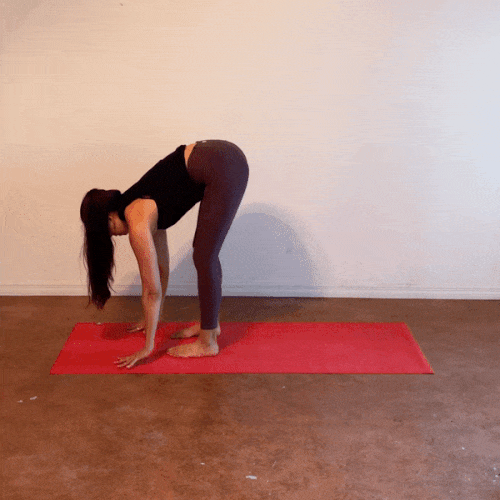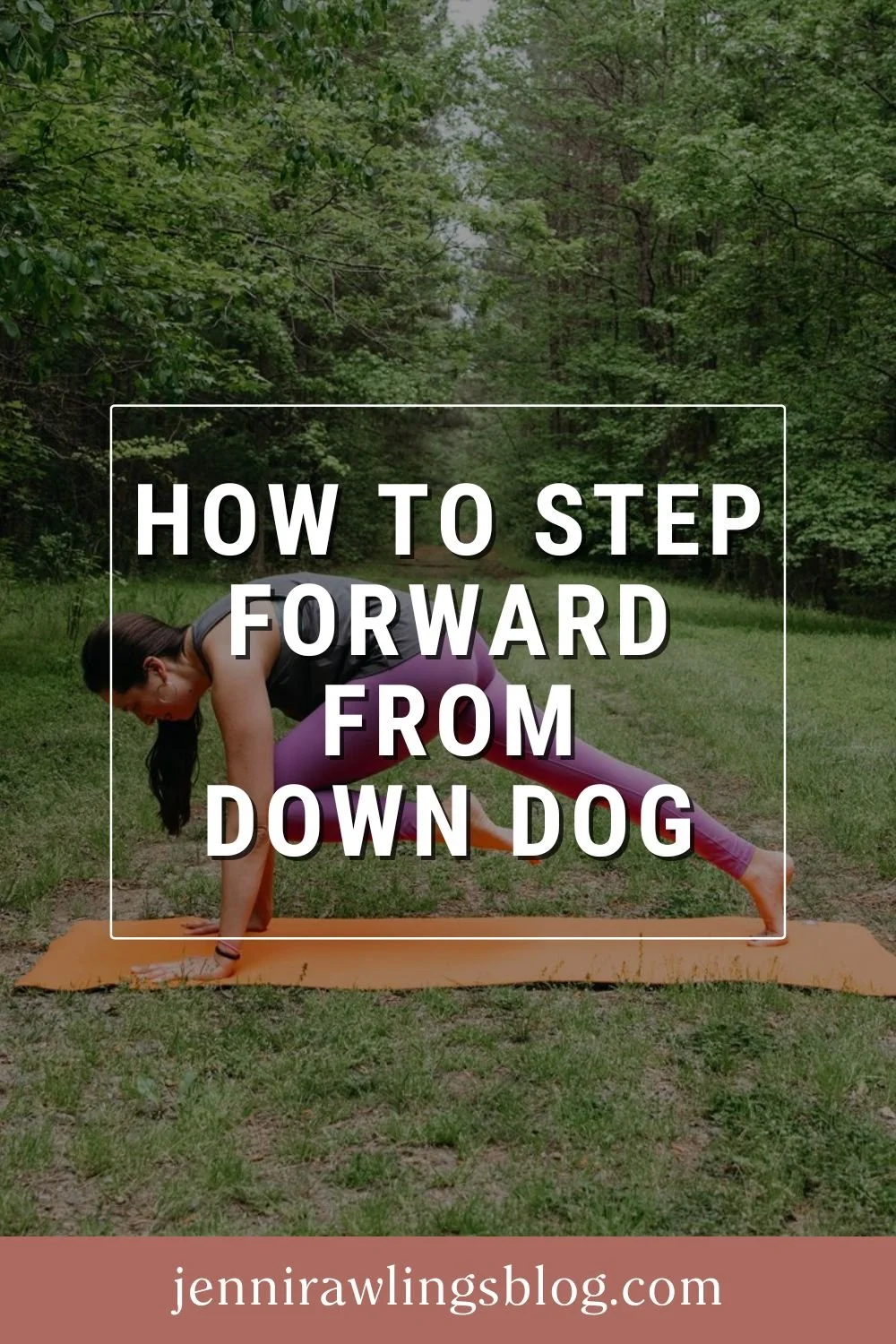Is Jumping Back to Plank Bad for Our Shoulders?
This blog post was first sent to Jenni’s email list as an email newsletter. Sign up for the JRY email newsletter here!
Is it better to land in bent-elbow chaturanga than straight-arm plank when we jump back?
All my life in the yoga world, I've heard the instruction that we should never jump back into plank pose.
Instead of landing in plank, this yoga rule goes, we should land directly in chaturanga.
In other words, we should ALWAYS jump into the bottom of a push-up ✅ and NEVER jump into the top of a push-up ❌ .
However, when we actually look at the biomechanics involved in these movements, it becomes clear that this widespread yoga warning is unsupported and unnecessary.
As movement science-informed yoga teachers, we can safely abandon the “don’t jump to plank” rule. In this article, I’ll explain why!
Why is jumping into plank believed to be bad?
The idea is generally that when we land in straight-arm plank, our upper body experiences too much impact.
Jumping into plank pose from a forward fold
This jarring impact is said to be injurious for our wrists, elbows, shoulders, and more.
Instead, the explanation generally goes, if we land in bent-elbows chaturanga, our bent arms help absorb the force, and our upper body experiences less impact.
Jumping into chaturanga from a forward fold
The Plank/Standing Jump Analogy
The analogy given is that jumping into plank pose with straight arms is like jumping in an upright position and landing on our feet.
When we perform a jump, the straighter our knees are when we land, the more impact our lower body experiences.
If we instead land with more bent knees, our muscles absorb the force more and the impact is softened.
Faulty Logic in the “Don’t Jump to Plank” Rule
Now, this standing jump explanation would make sense... if when we jumped back to plank we actually landed on our hands!
But we don't land on our hands in this transition, do we?
Our hands stay planted firmly on the floor the entire time while the rest of our body moves relative to our hands. 🤯
For comparison, if you were to start in a tall-kneeling position and fall forward onto your arms, this would be an example of truly landing on your hands.
Landing on the hands with straight arms
In this example, if we landed with straight arms, yes, our upper body would certainly experience more impact than if we landed with bent elbows. This is true.
This act of falling forward into plank from a kneel is the biomechanical equivalent of jumping and landing on one's feet with straight legs.
And in this “falling forward onto the hands” example, it’s true that if we landed with bent elbows, our upper body would experience less impact. That would look like this:
Landing on the hand with bent elbows
But this isn't what's happening in our yoga transition from a forward fold back into plank! We don't land on our hands like we land on our feet in an upright jump.
When jumping back to plank, our upper body actually experiences hardly any impact at all, despite the fearmongering we hear about this in the yoga world.
Our hands stay firmly planted on the floor as our feet jump back behind us.
That’s right! It’s our feet that experience the impact during this transition – not the hands, wrists, or shoulders.
And to demonstrate how silly the “always jump to chaturanga instead of plank” rule truly is, I must point out that the feet still experience significant impact whether we land in straight-arm plank or whether we land in bent-elbow chaturanga.
Both transitions involve landing on the feet with speed and load! There’s no need to demonize one and depict the other as “safe”.
This old school “never jump to plank” yoga rule clearly does not hold up to biomechanical scrutiny!
So is jumping back into plank with straight arms bad for our shoulders?
No, it's not!
Jumping back to plank is a perfectly acceptable method of transitioning from a forward fold back into a vinyasa. In fact, it might be interesting to include both jumping back to plank and jumping back to chaturanga in one's yoga practice.
These two movements will load the body differently, build strength differently, and provide an opportunity for more variability within your yoga practice.








